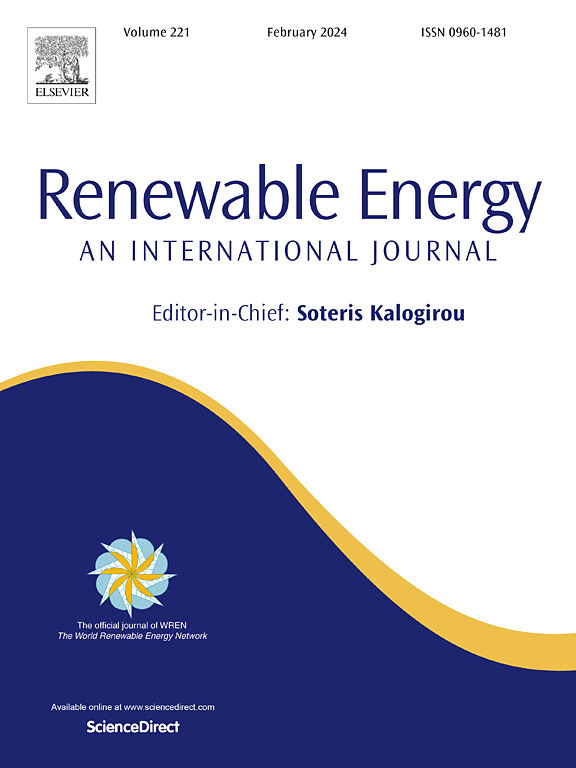Thermogravimetric, kinetic and thermodynamic behaviour of raw and hydrothermally pretreated oil cakes during pyrolysis and TG-FTIR analysis of the gaseous products
IF 9
1区 工程技术
Q1 ENERGY & FUELS
引用次数: 0
Abstract
The pyrolysis of raw and hydrothermally (HTC) pretreated pumpkin (PC) and hemp (HC) oilseed cakes was investigated for the first time using thermogravimetric, kinetic and thermodynamic analyses. The influence of the HTC pretreatment and the type of reaction liquid (whey or water) on the pyrolysis was investigated and the pyrolysis gases were analysed.
The HTC pretreatment increases the biochar yield with values of up to 44 wt% compared to raw oil cakes (∼27 wt%). The HTC pretreatment with whey resulted in a higher energy and biochar yield and better biochar properties than the pretreatment with water. The tested oil cakes provided comparable energy yields, although HC provided higher biochar yields, while PC biochar showed higher hydrophobicity. The kinetic modelling shows that the activation energies () for the pyrolysis of the raw oil cakes varied between 93.6 and 529.9 kJ/mol for PC and between 71.3 and 669.9 kJ/mol for the HC sample. HTC pretreatment in water media increased the values, while the use of whey led to a decrease in the values. TG-FTIR analysis of the emitted gases showed that the HTC treatment affected the release of CO2 and hydrocarbons as well as the pyrolysis mechanism and reaction pathways.

求助全文
约1分钟内获得全文
求助全文
来源期刊

Renewable Energy
工程技术-能源与燃料
CiteScore
18.40
自引率
9.20%
发文量
1955
审稿时长
6.6 months
期刊介绍:
Renewable Energy journal is dedicated to advancing knowledge and disseminating insights on various topics and technologies within renewable energy systems and components. Our mission is to support researchers, engineers, economists, manufacturers, NGOs, associations, and societies in staying updated on new developments in their respective fields and applying alternative energy solutions to current practices.
As an international, multidisciplinary journal in renewable energy engineering and research, we strive to be a premier peer-reviewed platform and a trusted source of original research and reviews in the field of renewable energy. Join us in our endeavor to drive innovation and progress in sustainable energy solutions.
 求助内容:
求助内容: 应助结果提醒方式:
应助结果提醒方式:


